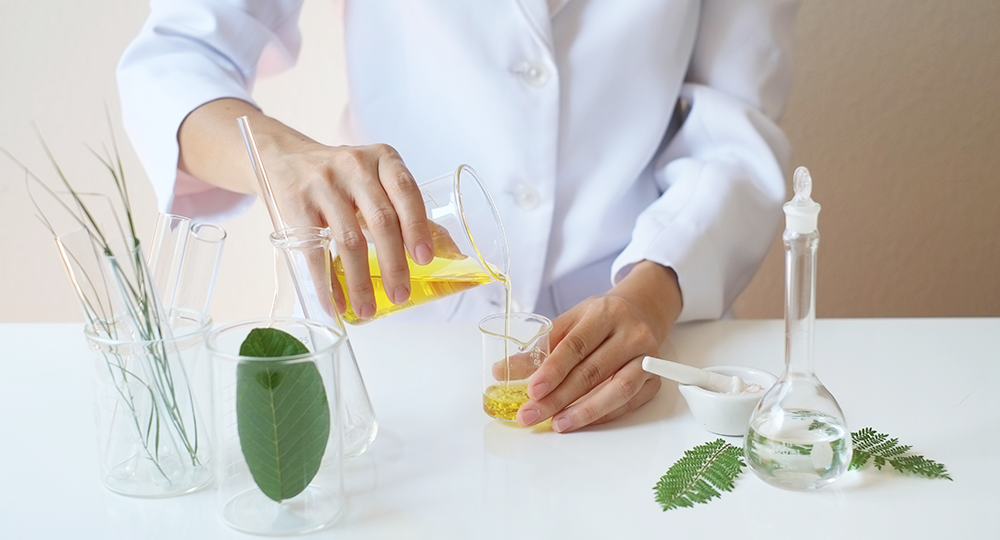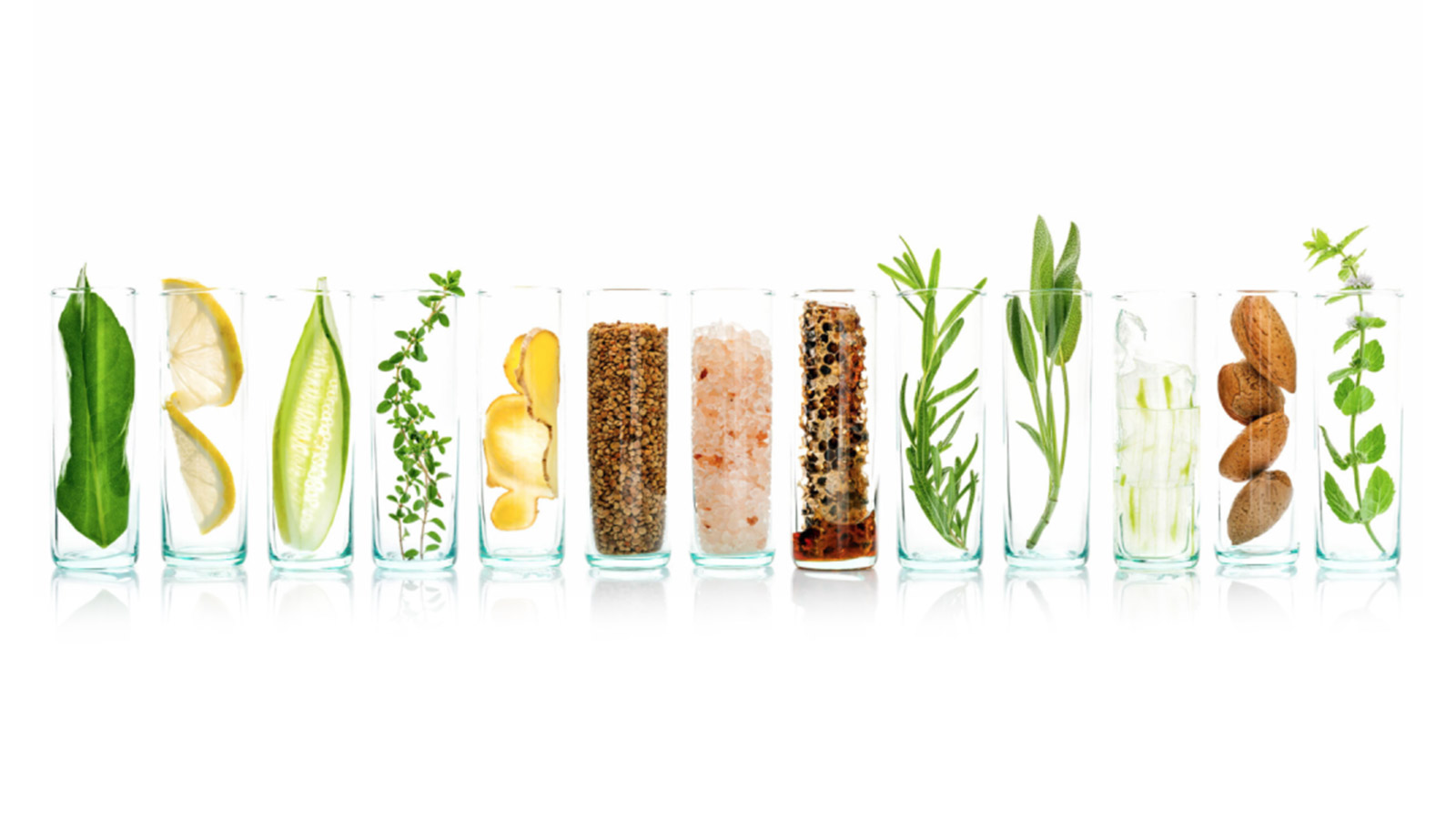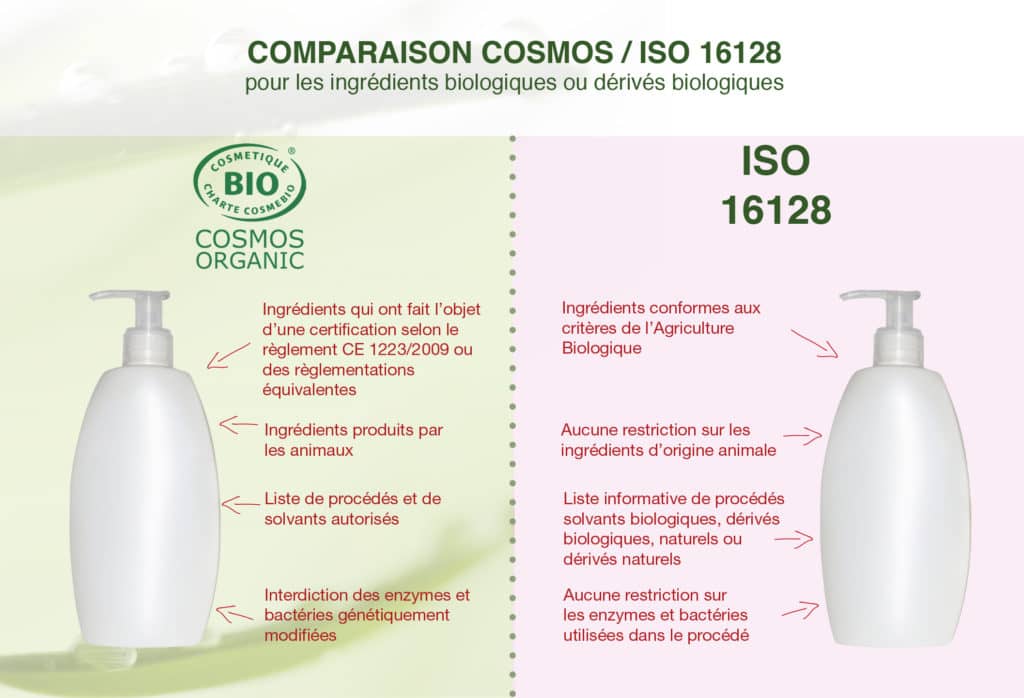ISO 16128; a technical guide for companies and consumers in cosmetics
The demand for more natural and organic ingredients in cosmetics and personal care is one of the biggest trends right now. Unfortunately, what is referred to as natural or organic regulation is not yet present in most markets. The definitions of the ISO standard have been established for this purpose.

Why is a single rule useful?
Over time, more and more private companies and organizations have developed their own definitions, with corresponding certifications, to better support their membership in the “natural products” category. This has led to the development of many similarities when it comes to the actual approach of private individuals. However, the problem arises in the differences that emerge in the technical area with respect to the definition of ingredients. In addition to this, even which of them need to be removed from products or the calculation of their content is not optimally regulated. It must also be considered that consumers have developed an increasing interest in cosmetic products perceived by the public as natural or organic. Unfortunately, even with this interest the difficulties of interpretation have not decreased. As a direct result, consumers have great difficulty evaluating compliance and consistency across countries.
The international level
At the moment there are so many standards and certificates available internationally. A true cornucopia. Unfortunately, however, they are often in conflict with each other saying everything and the opposite of everything. Both consumers and companies have expressed more than one concern about the lack of strong, universal rules. What they have asked for is greater fundamental consistency, so that they can adapt and be sure they are following appropriate principles. In particular, the needs to be met are those of the different companies. In fact, they have expressed the desire to have a set of definitions and criteria for natural cosmetic products that is credible, transparent and based on scientific evidence. This is why the ISO 16128 standard has been introduced.
What changes for companies?
For them, having them would mean being able to communicate clearly and honestly with the consumer. They need to promote the concept of natural and organic in a very precise context, which does not turn into a misleading or deceptive thought. In addition, well-defined rules make it possible to better guarantee the quality of the products made. Finally, it allows for the development of a fair trade in terms of international competition, with the same criteria for all.
What is worrisome is that no health authority highlighted this lack as problematic. There was a lack of a firm, formal position on what substances should be acceptable to use in this sector.
This is why the ISO 16128 standard was developed. The entire ISO guideline “Guidelines on technical definitions and criteria for natural and organic cosmetic ingredients and products”, revolutionized existing private standards. New quantitative criteria and the degree of naturalness were the most important changes.
The definitions of the ISO 16128 Standard.
The ISO 16128 standard was created with the aim of describing in depth the calculations of natural and organic origin indices of cosmetic products. What is applied is a purely scientific judgment to develop the principles for a logical framing of natural ingredients. It is also intended to encourage the choice of the latter, innovation and is entirely voluntary.
It does not consider the type of communication about the product (claims or labels) in relation to the human or environmental safety of the product. Nor does it focus on values such as the exclusion of a range of ingredients given consumer expectations. In addition, socio-economic aspects such as fair trade, sustainable development or animal welfare (testing) do not belong to the area of interest. The regulation has also avoided dealing with packaging materials or particular requirements with respect to them. Finally, it has not imposed any threshold that would allow a product to be considered more or less natural.
The definitions of the ISO standard, Section 1
The first section of the regulation defines what are natural elements and derivatives for ingredients. This list includes minerals and organic and derived components. Water is considered as an extract for constituent reconstruction and extraction. Specifically, natural elements are the production of plants, animals, minerals or microorganisms. Included are those that come from physical processes such as distillation or drying, natural fermentations and other processes such as extraction, without the use of chemicals. Ingredients that are the result of reactions obtained as materials such as charcoal are instead excluded from this definition.
Derivatives, on the other hand, are ingredients that have a natural origin in a percentage greater than 50%. Molecular weight, recyclable carbon content, and production methods such as biological and chemical processes are measured. In particular, Green Chemistry processes are recommended.
The definitions of the ISO standard, Section 2
The second section is intended to describe approaches for developing indices that determine what is of natural origin and what is not. These indices are then applied to the ingredients selected in the first section. What the standard looks at is the characterization of the ingredients in order to recreate a “natural” framework.
- Natural index (Ni) = 1: The ingredient meets the definition of natural ingredients. In constituent water, reconstitution, extraction and formulation = 1.
- Natural index (Ni) = 0: The ingredient does not meet the definition.
- Estratti vegetali: Ni = 1 if the solvents used are natural, including water.
- In other cases, Ni must be calculated I n = 1 – DNS mT
The advantages
Looking at the development of the standards, it is clear that the intent is to be based on a scientific criterion. In this way, it is possible to develop a consensus among stakeholders, with respect to the raw materials to be used in different countries. In its transparency, it is also able to consider other regulations and common practices, ensuring innovation. The image and quality of the natural cosmetics sector is greatly improved for consumers, also thanks to the integration of green chemistry principles. From the point of view of the people themselves, there is greater transparency that incentivizes fair trade, ensuring existing companies can continue to compete. The market is aligned internationally on the various criteria in order to have full recognition. These clear and calculable guidelines increase credibility and security, so that suppliers know how to orient themselves and respond to changes. Furthermore, when all ingredients are included in ISO 16128, their use and cultivation is encouraged.
The words of an expert
Roberto Gorni speaks positively about ISO 16128; “All over the world, industry is trying to figure out how to use the Guideline. It can be used to provide evidential support for certain product claims by those who decide not to go down the road of private certifications. It is reasonable to expect that a portion of that 90% of non-certified products in the green market will dispose themselves to conform to this standard. The advantage is to be able to rely on the natural or biological characterization of the product in a more solid way, just by virtue of compliance with ISO 16128. It will be easier to demonstrate to the authority the correctness of one’s approach. Up to this point, this is an enhancement not directly linked to consumer communication. It cannot be ruled out that the aspects of consumer communication may be of interest and lead to the production of specific documents”.








